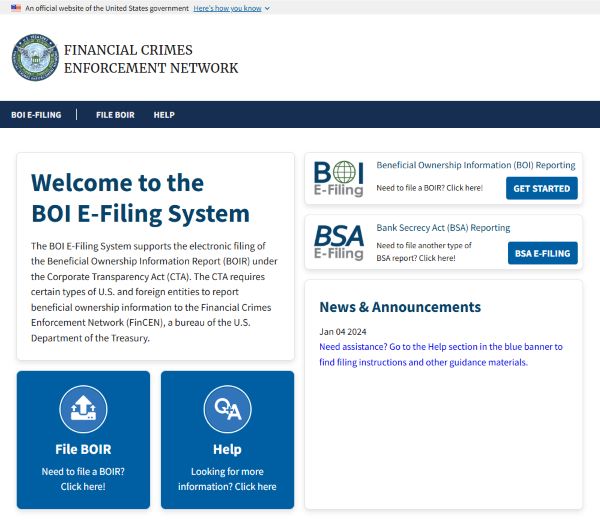What is a Roth IRA?
A Roth IRA (Individual Retirement Account) is a powerful investment tool that allows you to save for retirement using after-tax dollars.
Unlike traditional IRAs, where contributions are tax-deductible upfront, Roth IRAs offer tax-free growth and withdrawals in retirement.
Here’s how it works:
- Roth IRA Contributions: You contribute to your Roth IRA with money that has already been taxed. This means you won’t get an immediate tax break, but it sets the stage for tax-free benefits down the road.
- Roth IRA Investment Growth: Once your Roth IRA is funded, you choose investments within the account. Over time, these investments can grow, potentially earning you a substantial return.
- Tax-Free Withdrawals: The real magic happens during retirement. After age 59½ and with the account open for at least five years, you can withdraw from your Roth IRA without paying federal taxes. That’s right—tax-free money!
Please click the below IRS official website link button for the details about types of IRAs.
Let’s see what the advantages and disadvantages of Roth IRA.
Advantages of Roth IRA
- Tax-Free Growth: Your contributions and investment earnings grow tax-free. No need to worry about capital gains taxes or other tax implications.
- No Required Minimum Distributions (RMDs): Unlike traditional IRAs and 401(k)s, Roth IRAs don’t force you to take mandatory withdrawals at a certain age. You can let your money keep growing.
- Flexibility: If you need the money before retirement, you can withdraw your contributions (not investment earnings) penalty-free at any time.
Roth IRA Restrictions and Limitations
- Contribution Limits: There’s an annual maximum contribution limit for Roth IRAs. As of 2024, it’s $7,000 (or $8,000 if you’re 50 or older).
- Income Limits: Not everyone can contribute to a Roth IRA. Income limits apply, and they vary based on your tax filing status.
- Roth IRAs have annual contribution limits based on your Modified Adjusted Gross Income (MAGI).
As of 2024, if your MAGI is below $161,000 (single, head of household, married filing separately) or $240,000 (married filing jointly, qualifying surviving spouse), you can contribute up to $7,000 per year (or $8,000 if you’re 50 or older).
So, if you are single and your MAGI is $161,000in 2024, you can’t contribute to a Roth IRA.
- Roth IRAs have annual contribution limits based on your Modified Adjusted Gross Income (MAGI).
- Five-Year Rule: To enjoy tax-free withdrawals, your Roth IRA must be open for at least five years.
Roth IRA vs. Traditional IRA
- Roth IRA: Tax-free growth, no RMDs, after-tax contributions.
- Traditional IRA: Tax-deductible contributions, RMDs, taxable withdrawals.
Please click the link below for more details.
Traditional IRA vs Roth IRA: Here is the comparison
How to Open a Roth IRA in 4 Steps
- Choose a Broker: Select a brokerage firm where you’ll open your Roth IRA.
- Here are a list of brokerage firm: Vanguard Roth IRA, Charles Schwab Roth IRA, Fidelity Roth IRA, Bank of America Roth IRA, Robinghood Roth IRA, Edward Jones Roth IRA, Chase Roth IRA, Ally Roth IRA, TD Ameritrade Roth IRA, Capital One Roth IRA, SoFi Roth IRA, Wells Fargo Roth IRA, Etrade Roth IRA, Merrill Lynch Roth IRA.
- Here are a list of brokerage firm: Vanguard Roth IRA, Charles Schwab Roth IRA, Fidelity Roth IRA, Bank of America Roth IRA, Robinghood Roth IRA, Edward Jones Roth IRA, Chase Roth IRA, Ally Roth IRA, TD Ameritrade Roth IRA, Capital One Roth IRA, SoFi Roth IRA, Wells Fargo Roth IRA, Etrade Roth IRA, Merrill Lynch Roth IRA.
- Fund Your Account: Contribute to your Roth IRA using after-tax dollars.
- Select Investments: Decide where to invest your money within the account.
- Enjoy Tax-Free Growth: Watch your investments grow over time, knowing you’ll reap the tax benefits later.
Call to Action
Ready to secure your financial future? Consider opening a Roth IRA today!
It’s a smart move for tax-free retirement savings.
Remember to consult a financial advisor for personalized guidance.



